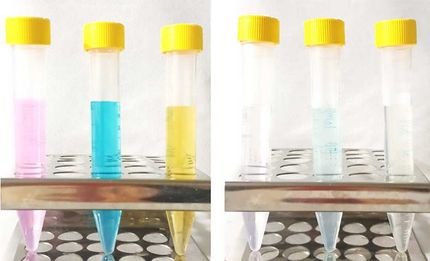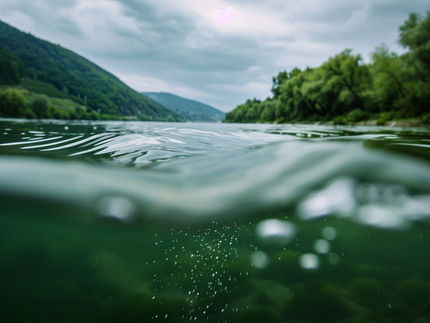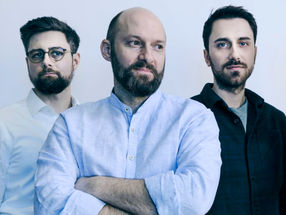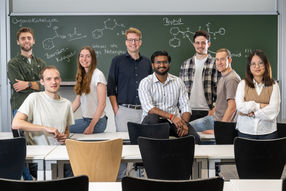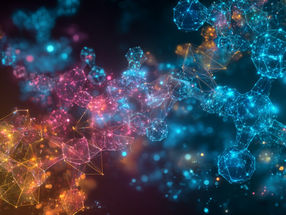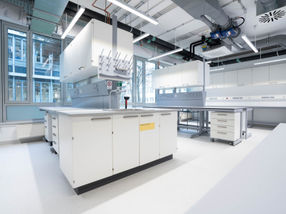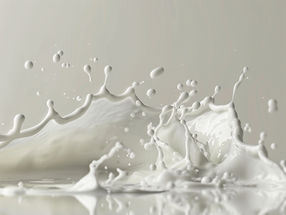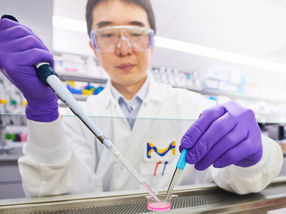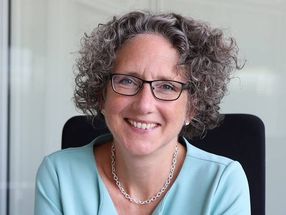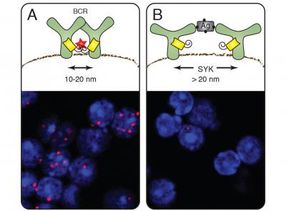Analytik Jena and Thuringian partners develop innovative sensor technology for monitoring micropollutants in wastewater
Starting signal for "MikroGraph" research project
Advertisement
The launch of the "MikroGraph" research project marks the start of a new Thuringian research network. The aim is to improve the continuous monitoring of micropollutants in wastewater in accordance with the new EU Municipal Water Directive. To this end, Analytik Jena is working with the other partners to develop a novel, highly automated and cost-effective on-site analysis system for detecting chemical contaminants - particularly for use in sewage treatment plants.
Until now, pollution from micropollutants - such as pharmaceutical residues, pesticides or PFAS (perfluorinated and polyfluorinated alkyl compounds) - has usually only been recorded at certain points by taking samples and central laboratory analyses. With the amendment of the EU Urban Wastewater Directive on April 10, 2024, the European Union is sending a clear signal for water protection: from 2035, large municipalities must reduce micropollutant pollution in wastewater by 80 percent - through more comprehensive data collection and targeted treatment [1].
At present, micropollutants are usually analyzed using individual samples that are transported to central laboratories for analysis. This method is time-consuming and does not allow an immediate response to acute pollution. The "MikroGraph" research project addresses this challenge with an innovative measuring system that can record the concentration of pollutants directly on site, thus enabling the rapid and reliable detection of pollutants.
The new Thuringian joint project brings together leading research institutions and companies from Thuringia:
- Friedrich Schiller University Jena(coordinator Prof. Dr. Andrey Turchanin, AG Turchanin: development of new sensors based on the 2D material graphene, AG Stelter: further development of the separation column technology)
- Analytik Jena GmbH+Co KG (comparison with new reference mass spectrometry technology and existing analytics)
- Leibniz Institute of Photonic Technology (lithographic component production)
- IMMS - Institut für Mikroelektronik- und Mechatronik-Systeme gemeinnützige GmbH (IMMS GmbH) & LUCAS Instruments GmbH(electronic data acquisition and control)
- Microfluidic ChipShop GmbH(microfluidics development)
The MikroGraph system is based on a novel graphene field-effect transistor technology, which is combined with proven components from separation column and mass spectrometry. The aim is to create a modular, highly sensitive and customizable measuring system that is suitable not only for wastewater treatment plants but also for other applications in health and civil protection.
"The combination of highly sensitive graphene sensor technology and innovative laboratory technology opens up new possibilities for environmental analysis," explains Oliver Klaeffling, Managing Director of the Analytik Jena Group. "We are thus making an important contribution to the implementation of future EU regulations and the sustainable safeguarding of water quality."
In view of climate change, rising population figures and the growing demand for drinking water, water suppliers, industry and agriculture will be increasingly reliant on raw water from lakes, rivers and bank filtrates. The simultaneous rise in surface water pollution is becoming an increasing challenge.
New sensor systems can make a decisive contribution to protecting the health of consumers and at the same time continuously monitor the effectiveness of purification processes.
The MikroGraph project is being funded by the Free State of Thuringia, represented by the Thuringian Ministry of Economic Affairs, Agriculture and Rural Areas, with over 2 million euros from the European Regional Development Fund (ERDF).
The new Thuringian research association has the potential to surpass the current state of the art in environmental analysis and to significantly strengthen the location through new processes, products and services in the areas of healthy living and the health economy and sustainable energy and resource use.
[1] Regulation (EU) 2020/741 has governed water reuse in the EU since July 26, 2023 and allows the use of treated wastewater for agricultural irrigation in compliance with strict quality standards. The measurement of micropollutants has so far been carried out centrally, which incurs high costs. In the future, local sensor networks will enable automated on-site monitoring in order to achieve environmental goals more efficiently.
Note: This article has been translated using a computer system without human intervention. LUMITOS offers these automatic translations to present a wider range of current news. Since this article has been translated with automatic translation, it is possible that it contains errors in vocabulary, syntax or grammar. The original article in German can be found here.
Other news from the department business & finance
Most read news
More news from our other portals
See the theme worlds for related content
Topic World Mass Spectrometry
Mass spectrometry enables us to detect and identify molecules and reveal their structure. Whether in chemistry, biochemistry or forensics - mass spectrometry opens up unexpected insights into the composition of our world. Immerse yourself in the fascinating world of mass spectrometry!

Topic World Mass Spectrometry
Mass spectrometry enables us to detect and identify molecules and reveal their structure. Whether in chemistry, biochemistry or forensics - mass spectrometry opens up unexpected insights into the composition of our world. Immerse yourself in the fascinating world of mass spectrometry!




